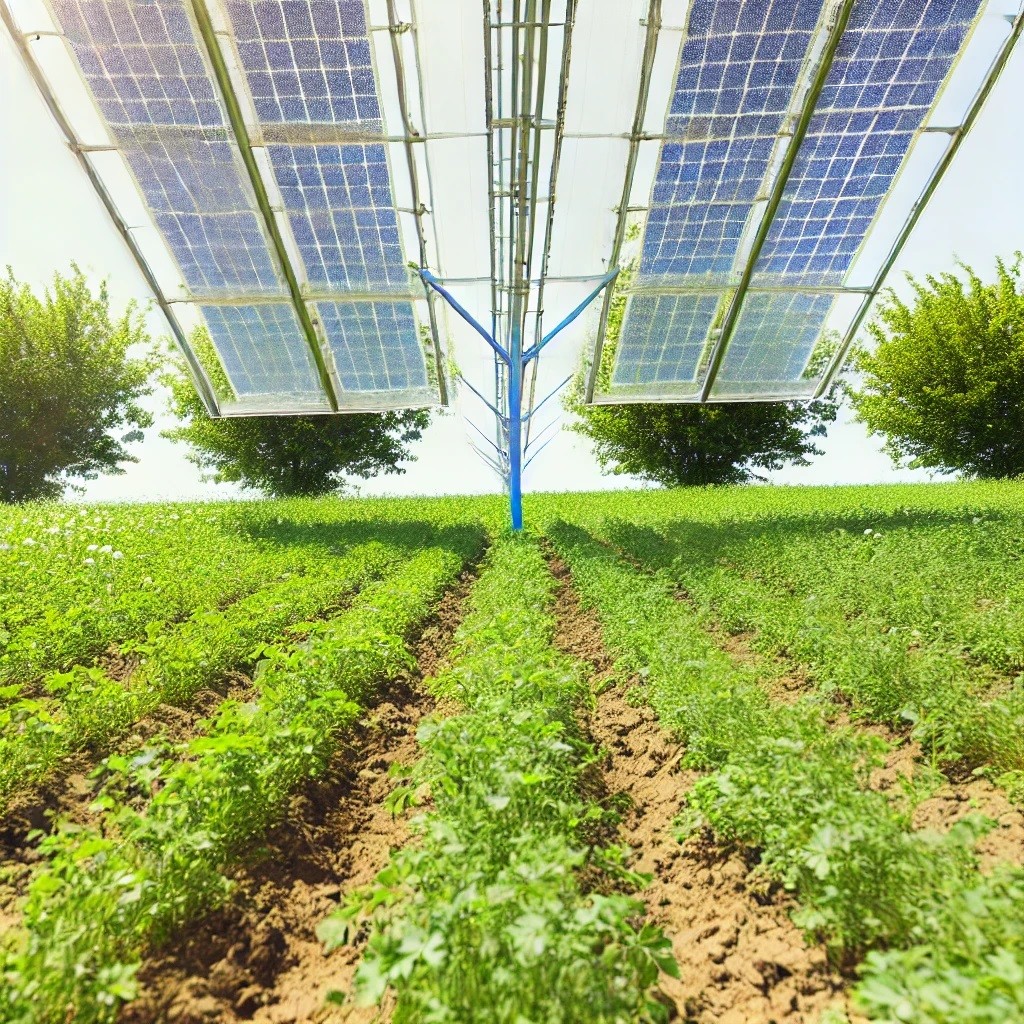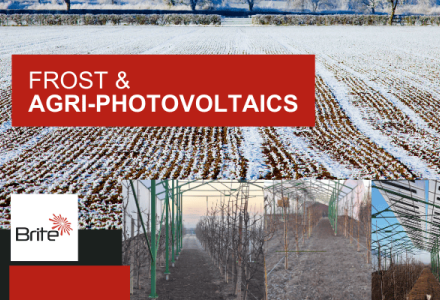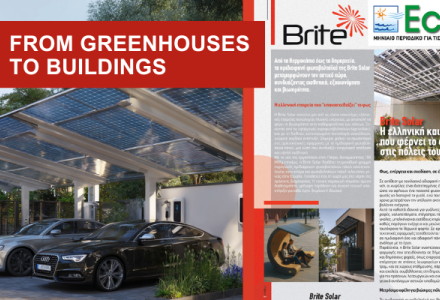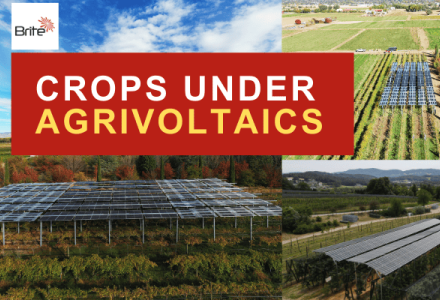Debunking Myths and Unlocking the Power of Agrivoltaics
Agrivoltaics has emerged as a groundbreaking solution that enables farmers to harness solar energy while maintaining or even improving agricultural productivity. However, several misconceptions still exist, creating confusion. Let’s set the record straight and explore the real benefits agrivoltaics offers.
🔍 Myth #1: Agrivoltaics harms crop growth.
Truth: Research shows that agrivoltaic systems can actually increase crop yield under the right conditions. By providing partial shading, crops are protected from excessive heat, reducing water evaporation and heat stress. This is particularly beneficial in regions affected by climate change.
🌧 Myth #2: Agrivoltaic panels increase water usage.
Truth: On the contrary, agrivoltaics promotes water conservation. Solar panels act as shields, reducing evaporation by up to 20%, ensuring crops retain more moisture and lowering irrigation needs.
🌱 Myth #3: Agrivoltaics is only suitable for large farms.
Truth: Agrivoltaics can be customized for farms of all sizes. Whether it’s large open-field operations or smaller horticultural setups, the technology is flexible and adaptable to various scales and crop types.
💡 Myth #4: Agrivoltaic installations require a complete farm redesign.
Truth: Modern agrivoltaic systems are highly adaptable. Many installations can be integrated into existing farm layouts without the need for major modifications. From spacing to height adjustments, systems can be tailored to local needs and conditions.
🌪 Myth #5: Agrivoltaic structures can’t withstand extreme weather.
Truth: Agrivoltaic panels are built to withstand harsh weather conditions, including hail, strong winds, and heavy snowfall. With certified safety standards and a lifespan of over 25 years, these structures provide long-term durability.
💼 Myth #6: Agrivoltaics is too expensive to adopt.
Truth: Agrivoltaic installations are now more accessible than ever, with financial incentives and subsidies available in many countries. Moreover, long-term savings from energy production and water conservation make it a sound investment. The dual-use land concept enhances economic returns by diversifying revenue streams.
🏞 Myth #7: Agrivoltaics can only be applied to closed-field crops (greenhouses).
Truth: Agrivoltaic systems can be installed in both open-field and closed-field crops, regardless of the type of crop. The flexibility of these systems allows for installation in a wide range of environments, enhancing both crop protection and productivity in open fields and greenhouses alike.
🌳 Myth #8: Agrivoltaics is only used for short crops and not for trees.
Truth: There are no height restrictions on the placement of agrivoltaic systems. They can be installed over short crops as well as tree crops, offering the same opportunities for protection and yield improvement in both cases.
🔍 Myth #9: Agrivoltaics reduces the amount of sunlight reaching the crops and hinders photosynthesis.
Truth: Agrivoltaic semi-transparent panels are designed to allow enough light to reach the crops while maintaining photosynthesis at normal levels. In fact, the partial shading provided by the panels reduces the stress on crops from excessive solar radiation, improving their performance.
🔋 Myth #10: Agrivoltaics produces less energy compared to traditional solar parks.
Truth: Agrivoltaics produces a comparable amount of energy to traditional solar parks while offering the added benefit of simultaneous agricultural use. The panels capture sunlight from both sides, resulting in higher efficiency per Watt than conventional panels. Additionally, since agrivoltaic panels are elevated above the ground, they cool more effectively, increasing their performance compared to traditional ground-mounted systems.
At Brite Solar, we are the only company utilizing nanotechnology in our semi-transparent panels, providing even greater benefits for crops and the economy. Our innovations help maximize crop yield while conserving resources, enhancing both agricultural productivity and economic returns.
🌿 Let’s move forward with solutions that benefit both the planet and our food systems. Agrivoltaics is not just a trend—it’s a path toward a more sustainable and resilient future.
























